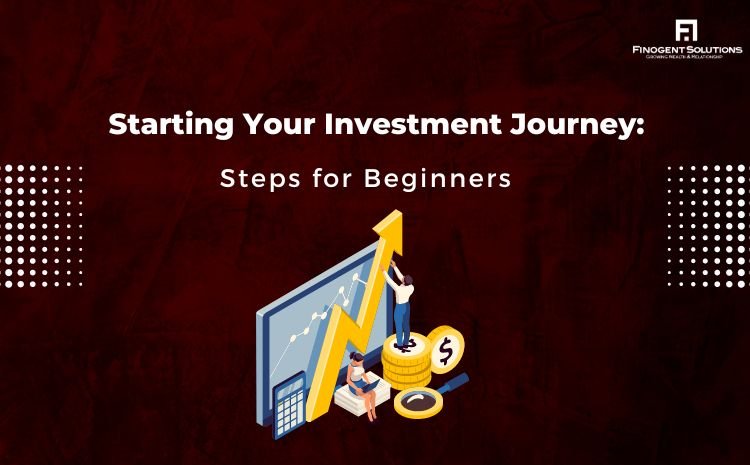
Starting Your Investment Journey: Steps for Beginners
Introduction: Embarking on an investment journey is a significant step towards securing your financial future and achieving your long-term goals. While the world of investing may seem complex and intimidating, especially for beginners, taking the first steps can lead to valuable rewards. This guide aims to provide you with a clear roadmap to start your investment journey on the right foot.
Step 1: Set Clear Financial Goals: Before you dive into investing, it’s essential to define your financial objectives. Are you saving for retirement, a down payment on a house, your children’s education, or simply growing your wealth? Having clear goals in mind will help you determine the appropriate investment strategies and timeframes.
Step 2: Build an Emergency Fund: Before you start investing, ensure you have an emergency fund in place. This fund should cover three to six months’ worth of living expenses and act as a safety net in case of unexpected financial setbacks. Having this buffer prevents you from tapping into your investments prematurely.
Step 3: Educate Yourself: Knowledge is your most powerful tool in the world of investing. Take the time to educate yourself about different investment options, terminology, and strategies. There are numerous online resources, books, and courses available to help you gain a solid understanding of the basics.
Step 4: Understand Risk Tolerance: Every investment comes with a level of risk. It’s crucial to assess your risk tolerance before making investment decisions. Consider your emotional ability to handle market fluctuations and potential losses. Your risk tolerance will guide you in selecting investments that align with your comfort level.
Step 5: Pay Off High-Interest Debt: If you have high-interest debt, such as credit card debt, it’s advisable to prioritize paying it off before heavily investing. The interest rates on such debt are often higher than potential investment returns, making it financially prudent to reduce your debt burden first.
Step 6: Diversification is Key: Diversifying your investment portfolio is essential for managing risk. Instead of putting all your money into a single investment, spread it across different asset classes like stocks, bonds, real estate, and even alternative investments. Diversification helps mitigate the impact of poor performance in any one area.
Step 7: Start with Retirement Accounts: For long-term goals like retirement, consider opening retirement accounts such as a 401(k) or an Individual Retirement Account (IRA). These accounts offer tax advantages and can serve as a foundation for your investment portfolio.
Step 8: Choose Investments Wisely: Once you’re ready to invest, carefully choose the investments that align with your goals and risk tolerance. Mutual funds, exchange-traded funds (ETFs), and index funds are popular options for beginners due to their diversification and ease of access.
Step 9: Keep an Eye on Fees: Fees and expenses can eat into your investment returns over time. Be mindful of expense ratios associated with mutual funds and ETFs, as well as any transaction fees. Low-cost investment options are generally more favorable for long-term growth.
Step 10: Stay Patient and Consistent: Investing is a long-term endeavor. The value of your investments will naturally fluctuate with market conditions. Avoid making hasty decisions based on short-term market movements. Stay consistent with your investment strategy and continue contributing regularly.
Step 11: Review and Adjust: Periodically review your investment portfolio to ensure it’s still aligned with your goals and risk tolerance. Life circumstances and financial objectives may change, warranting adjustments to your investments.
Step 12: Seek Professional Advice: If you’re unsure about certain investment decisions or need personalized guidance, consider consulting with a financial advisor. They can provide insights tailored to your specific situation and help you make informed choices.
Conclusion: Starting your investment journey as a beginner might seem daunting, but with careful planning, education, and patience, you can set yourself up for financial success. Remember that investing is a gradual process, and the key is to remain disciplined, stay informed, and make decisions that align with your long-term goals. By following these steps and staying committed, you’ll be on your way to building a solid investment portfolio.


